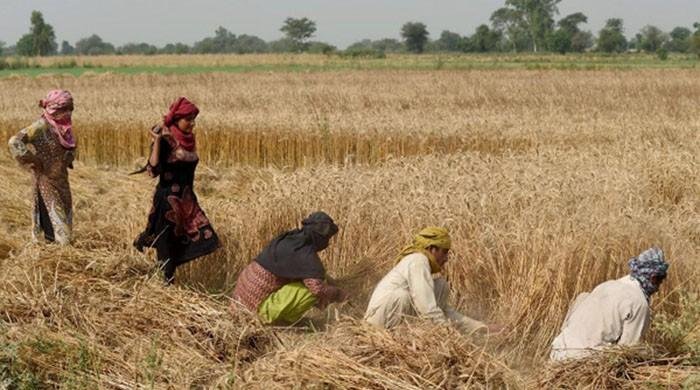Close

In a clear demonstration of support for the agricultural sector, the Government of Guyana has reversed land rental and drainage and irrigation (D&I) charges in Region 5 (Mahaica–Berbice), offering substantial relief to thousands of farmers in communities such as Bush Lot, Blairmont, and Onverwagt. This strategic decision is designed to strengthen the foundations of food security while promoting sustainable rural development.
Previously, land rent and D&I fees were raised under an earlier administration, placing heavy financial strain on farmers who were already contending with rising input costs and market fluctuations. By reinstating lower rates and, in many cases, eliminating these charges altogether, the government is reducing barriers to production and putting much-needed resources back into the hands of farmers (Ministry of Agriculture, 2023).
This initiative has been widely welcomed by the farming community. Region 5 is one of Guyana’s most productive agricultural zones, renowned for its rice fields, cash crops, and livestock. In Blairmont and Bush Lot, many farmers describe the relief as vital to their continued operations. “We can now put more of our earnings into better seed, fertilizers, and machinery,” explained a local rice farmer, underscoring the practical impact of the policy change (Guyana Chronicle, 2023).
Beyond providing immediate financial relief, the move has broader implications for Guyana’s economy and food systems. By enabling farmers to lower their production costs, the policy supports consistent and expanded output, contributing directly to national food security goals. It also aligns with Guyana’s Low Carbon Development Strategy 2030, which emphasizes agriculture as a key pillar of a sustainable, diversified economy that is resilient to climate change (Office of the President, LCDS 2030).
Ultimately, the reversal of these fees is more than a policy shift—it represents a commitment to social equity and rural prosperity. In a country where agriculture supports a significant share of the population, ensuring affordable land access and reliable irrigation is essential. By prioritizing farmers’ needs, the government is investing in the nation’s food future and setting the stage for long-term growth and stability.
This proactive approach to agricultural development highlights that true progress lies in enabling those who feed the nation to thrive.

The Guyana Project is an independent media platform delivering fact-checked, ground-level reporting on politics, economy, and public life in Guyana. With a focus on transparency and development, we bring unfiltered news and thoughtful analysis to help shape a more informed, forward-looking nation.

Easing the Burden: Policy Reversals Boost Farming Prosperity in Region 5

Lorem Ipsum is simply dummy text of the printing and typesetting industry. Lorem Ipsum has been the industry’s standard dummy text ever since the 1500s, when an unknown printer took a galley of type and scrambled it to make a type specimen book. It has survived not only five centuries, but also the leap into electronic typesetting, remaining essentially unchanged. It was popularised in the 1960s with the release of Letraset sheets containing Lorem Ipsum passages, and more recently with desktop publishing software like Aldus PageMaker including versions of Lorem Ipsum.
t is a long established fact that a reader will be distracted by the readable content of a page when looking at its layout. The point of using Lorem Ipsum is that it has a more-or-less normal distribution of letters, as opposed to using ‘Content here, content here’, making it look like readable English. Many desktop publishing packages and web page editors now use Lorem Ipsum as their default model text, and a search for ‘lorem ipsum’ will uncover many web sites still in their infancy. Various versions have evolved over the years, sometimes by accident, sometimes on purpose (injected humour and the like).
Contrary to popular belief, Lorem Ipsum is not simply random text. It has roots in a piece of classical Latin literature from 45 BC, making it over 2000 years old. Richard McClintock, a Latin professor at Hampden-Sydney College in Virginia, looked up one of the more obscure Latin words, consectetur, from a Lorem Ipsum passage, and going through the cites of the word in classical literature, discovered the undoubtable source. Lorem Ipsum comes from sections 1.10.32 and 1.10.33 of “de Finibus Bonorum et Malorum” (The Extremes of Good and Evil) by Cicero, written in 45 BC. This book is a treatise on the theory of ethics, very popular during the Renaissance. The first line of Lorem Ipsum, “Lorem ipsum dolor sit amet..”, comes from a line in section 1.10.32.